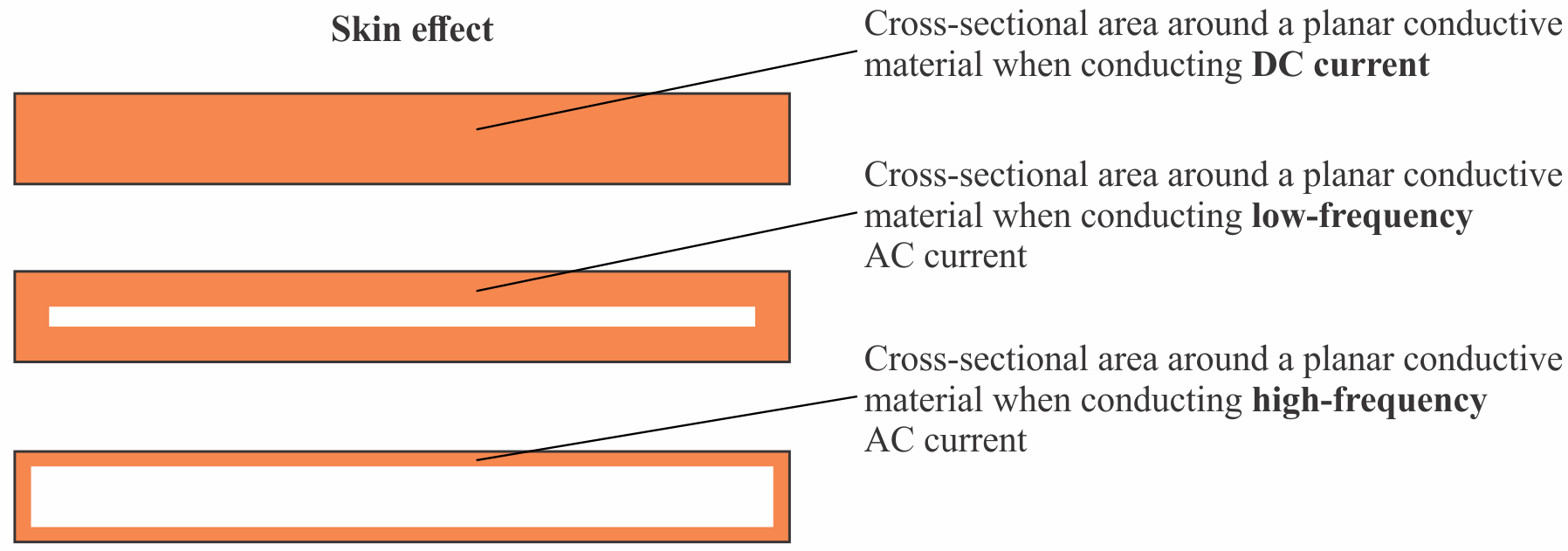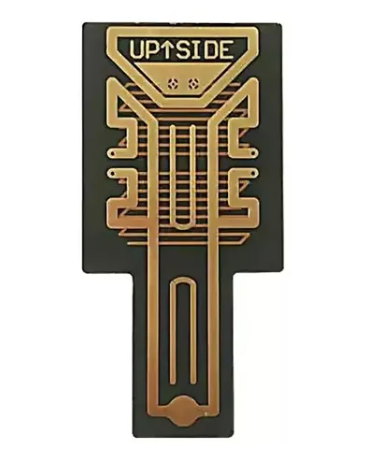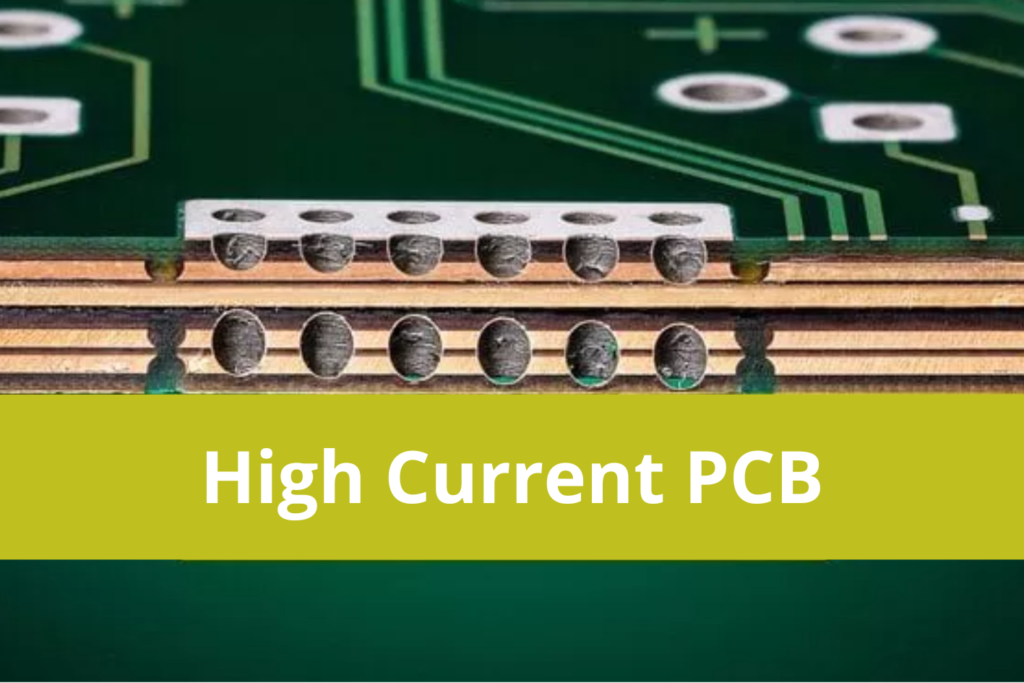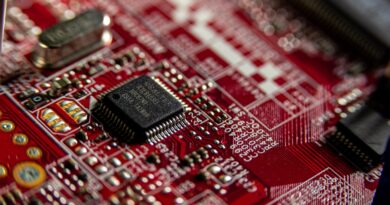Minimizing Ohmic Loss due to the skin effect in electronic circuit and antennas
When it comes to electronic circuits and antennas, ohmic loss is one of the most common problems that can occur. One of the causes of ohmic losses is due to the skin effect, caused by the passage of electric current through the conductor at high frequency. This causes the current to be distributed unevenly, leading to a decrease in efficiency and power. To reduce ohmic loss, engineers and researchers uses laminated conductors to reduce the skin effect and improve the performance of the circuit or antenna. In this article, we have an overview about how to minimize ohmic loss with laminated conductors in electronics planar circuits and antennas.
Introduction to Ohmic Loss and the Skin Effect in Electronics
Ohmic loss, also known as resistive loss, is the electrical energy dissipated in the form of heat due to the resistance of a conductor. It is a very common problem in electronics, as it causes a decrease in efficiency, power, and signal quality. One of the causes of ohmic loss is the skin effect. The skin effect is the tendency of an alternating current (AC) to be distributed unevenly within a conductor due to the varying frequencies of the AC, which causes the current to be concentrated on the outer surface of the conductor.

This uneven distribution of current leads to increased resistance, which causes ohmic loss. Ohmic loss can be avoided by using materials that have lower resistance, such as copper or silver. However, these materials are expensive and may not always be available. As an alternative, engineers use laminated conductors and antennas to reduce the skin effect and minimize ohmic loss.
What is Planar Circuits and Antennas?
Planar circuits and antennas are thin, flat structures that are used in electronics for various applications. Planar circuits are typically made up of two layers of conductive material, such as copper or aluminum, which are separated by an insulating layer. This two-layer structure is used to transmit electrical signals or power. Planar antennas are similar to planar circuits, but they are used to transmit radio waves instead of electrical signals.

The advantage of using planar circuits and antennas is that they are lightweight and can be easily integrated into other devices. However, due to the thin structure of the circuit, ohmic loss can be a problem.
The Role of Laminated Conductors in Reducing Ohmic Loss
The use of laminated conductors in planar circuits and antennas offers several advantages:
- Reduces ohmic loss and increases the efficiency of the circuit or antenna;
- Allows high current at high frequency due to the possibility of stacking the conductors in multilayers;
- Prevents the current from radiating away from the conductor, which improves signal strength and reduces interference;
- Allows engineers to optimize the thickness and type of material to minimize ohmic loss;
- Is a cost-effective solution that can be easily integrated into other devices;
- The layers of conductive material also act as a shield, which prevents the current from radiating away from the conductor and reducing the signal strength. This improves the signal strength and increases the efficiency of the circuit or antenna.
Examples of Laminated Conductors
Laminated conductors and inductors equations can be used to minimize ohmic loss in planar circuits and antennas. One example of this is in the antenna used in wireless communication systems. The antenna is typically made up of several layers of conductive material. This helps to ensure that the antenna is operating at its maximum efficiency and is not losing any signal strength due to ohmic loss.

Another example is the use of multilayer PCbs that provide high current capacity. This is a typical application such as power inverters, active filters and uninterruptible power units.

Conclusion
Ohmic loss is a common problem in electronics, as it causes a decrease in efficiency, power, and signal quality. To reduce ohmic loss, the usage laminated conductors, which are layers of conductive material separated by insulating layers. The layers are arranged in a way that the electrical current is distributed evenly throughout the conductor, reducing the skin effect and minimizing ohmic loss.
Laminated conductors are essential to miniaturize the electronics equipment and makes equipment more efficient.
If you want to know more, read the article available at: https://ieeexplore.ieee.org/document/7045072

